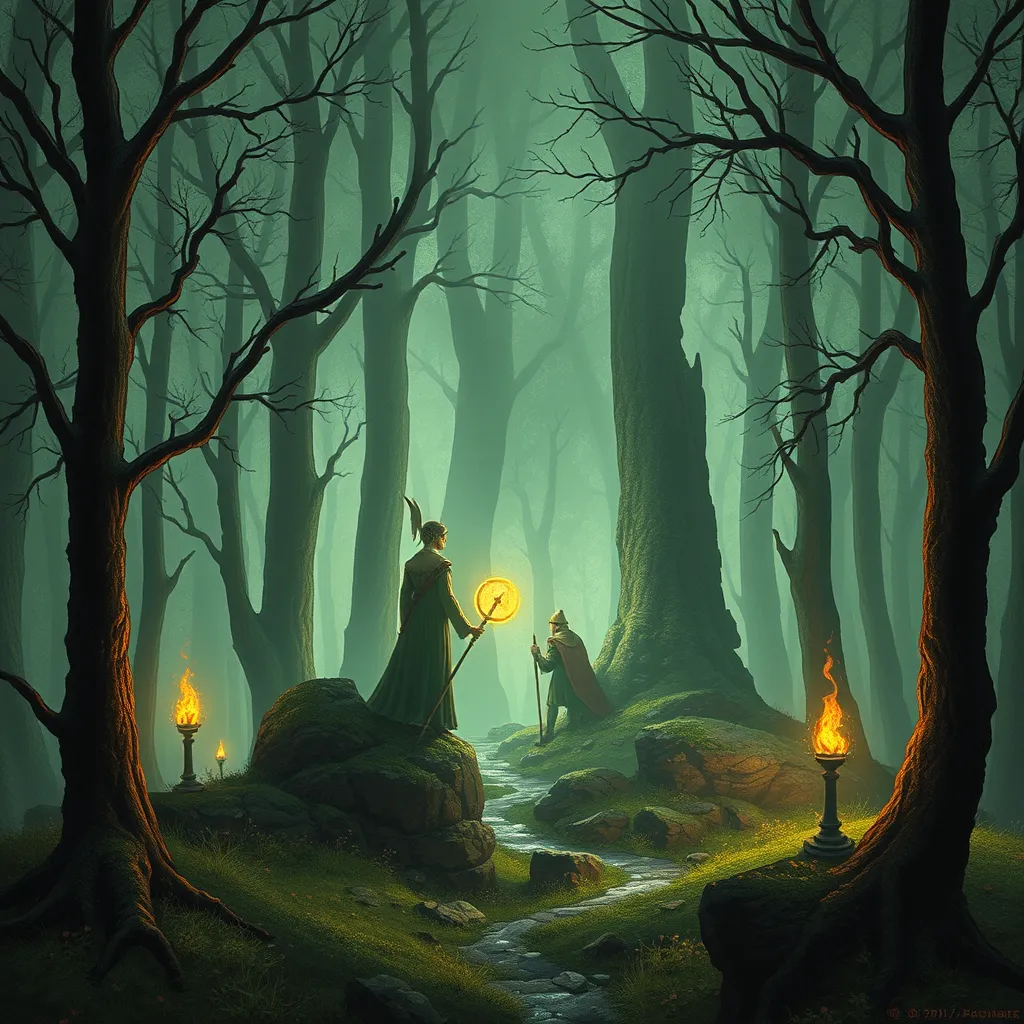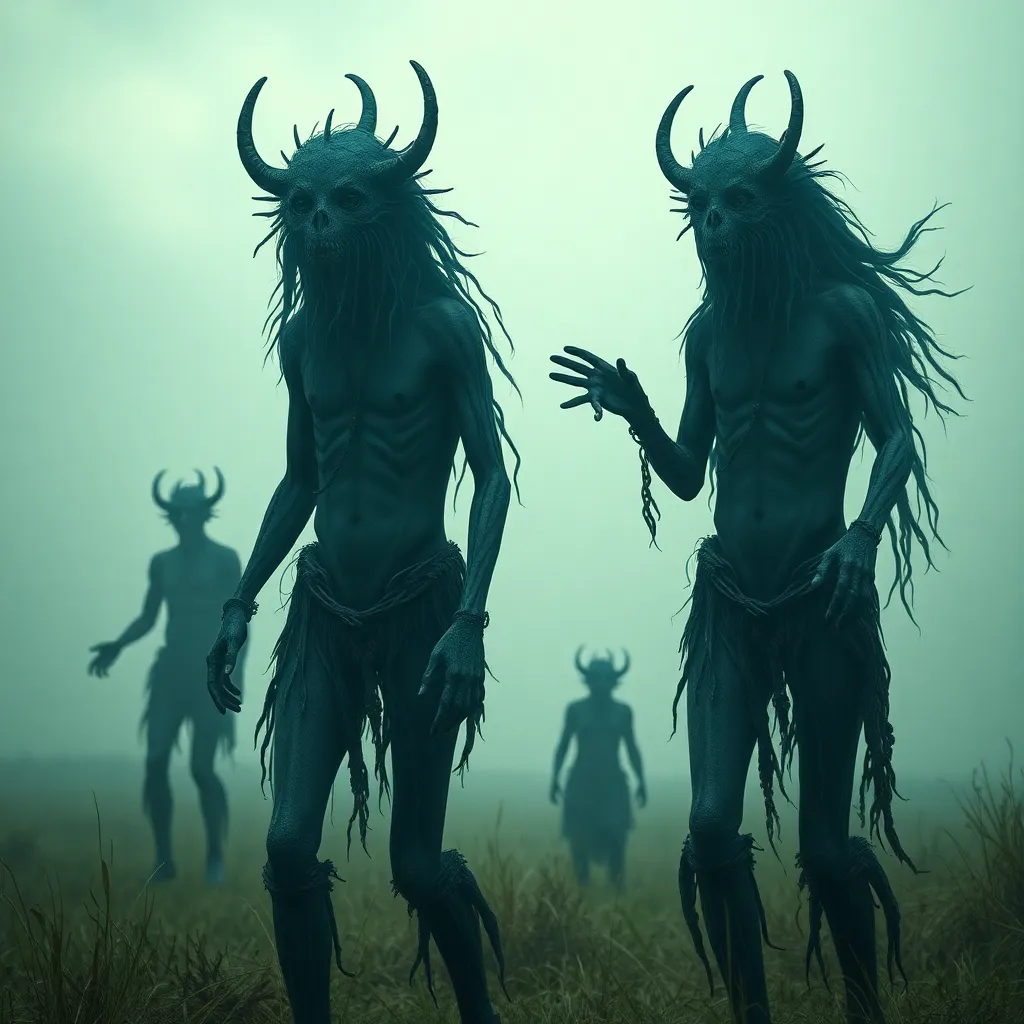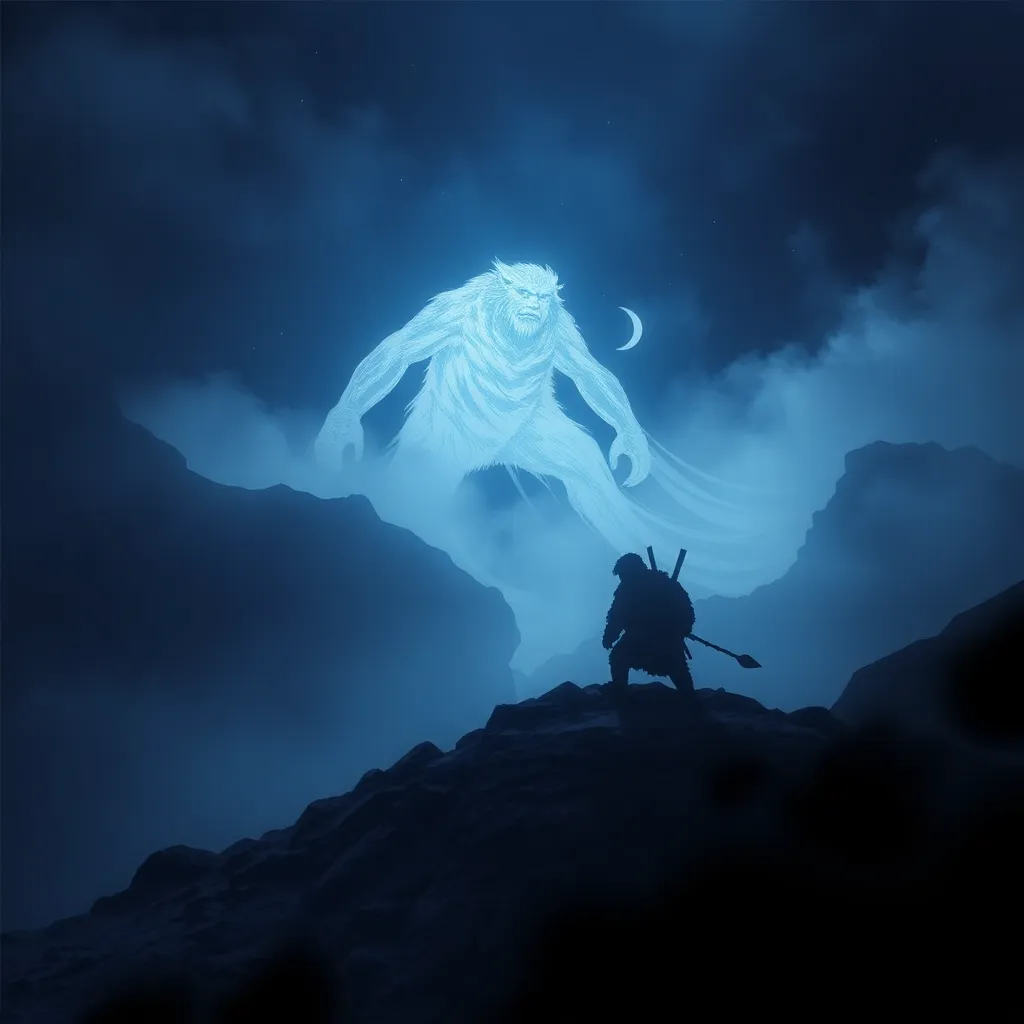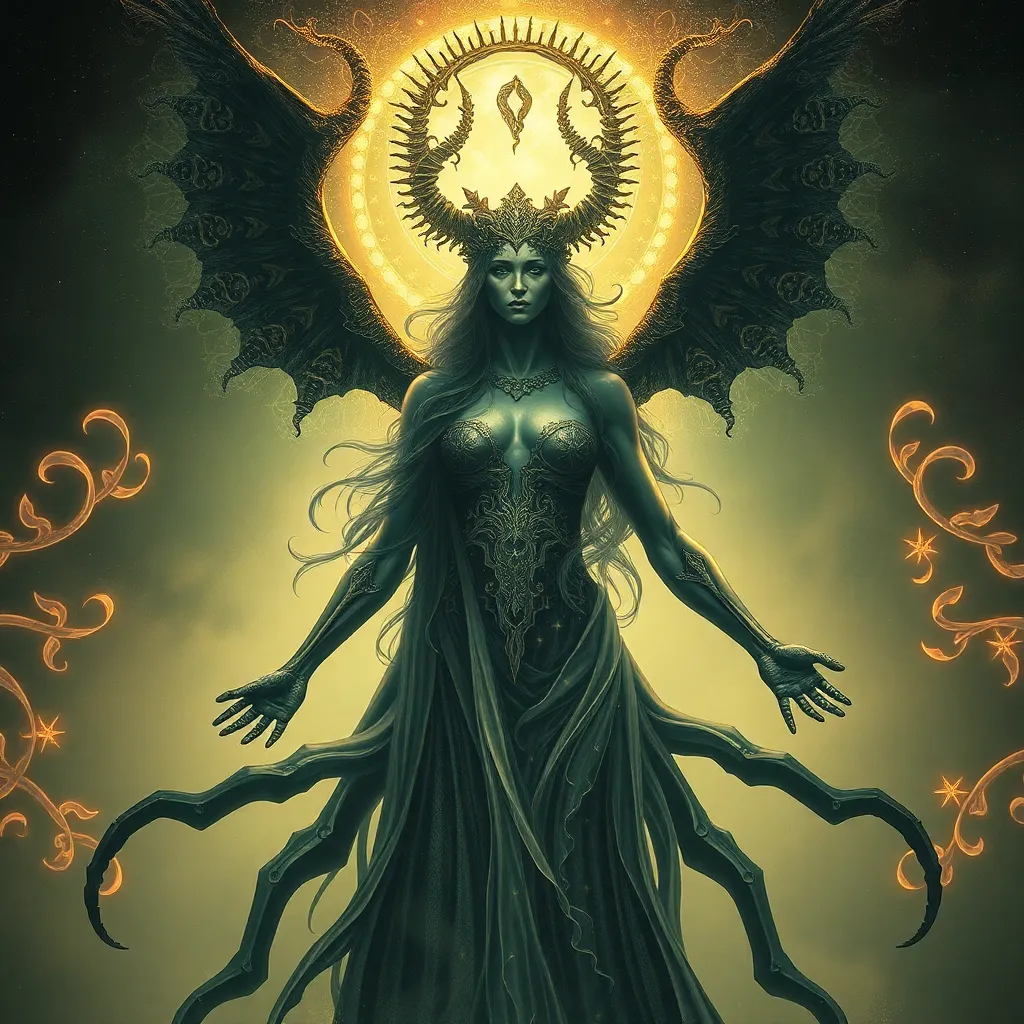The Hidden Kingdoms of the Elf: Exploring the Lore of Germanic Folklore
I. Introduction to Germanic Folklore
Folklore serves as a vital element of cultural identity, preserving the beliefs, practices, and stories of a community. In Germanic culture, folklore encompasses a rich tapestry of myths, legends, and traditional narratives that have been passed down through generations. Among these narratives, the lore surrounding elves holds a prominent place, reflecting the mystical and often enigmatic nature of these beings.
Historically, elves have been depicted in various forms, from mischievous tricksters to wise guardians of the natural world. Their presence in folklore underscores the interconnectedness of humanity and nature, illustrating how ancient peoples understood and interacted with their environment. This exploration aims to delve into the hidden kingdoms of elves, uncovering the layers of meaning and significance embedded in their stories.
II. The Nature of Elves in Germanic Mythology
Elves in Germanic mythology are not a monolithic group but rather a diverse category of beings. They can be broadly classified into several types:
- Light Elves: Often associated with beauty, light, and benevolence.
- Dark Elves: Sometimes considered malevolent, dwelling in the shadows and associated with misfortune.
- House Elves: Familiar spirits that assist humans, often in domestic tasks.
Common characteristics of elves include:
- Agelessness and immortality
- Supernatural abilities, such as shape-shifting and healing
- Strong connections to nature and the elements
The duality of elves is particularly fascinating, as they can embody benevolence and malevolence. While some elves are protectors who bless the land and its inhabitants, others can be vengeful, punishing those who disrespect nature or break sacred oaths.
III. Historical Context and Origins of Elven Lore
The roots of elven lore can be traced back to ancient Germanic tribes, where beliefs in supernatural beings were integral to their understanding of the world. Early records from the Germanic peoples indicate that elves were revered and feared in equal measure, often invoked in rituals and prayers.
Norse mythology significantly influenced the depiction of elves. The Poetic Edda and the Prose Edda contain references to various supernatural beings, including elves, which shaped later narratives. Over time, as Christianity spread through Europe, many pagan beliefs, including those surrounding elves, were transformed or assimilated into new religious frameworks.
During the Middle Ages, the concept of elves evolved. They became associated with fairy tales and folklore, often losing their original associations with nature and the divine. This period saw a blending of various cultural influences, further complicating the understanding of elves in Germanic lore.
IV. The Hidden Kingdoms: Realms of the Elves
The hidden kingdoms of elves, often referred to in folklore, are enchanting realms that exist parallel to the human world. These realms are typically described as:
- Alfheim: A realm of light elves, often depicted as a beautiful and ethereal place.
- Svartalfheim: A dark realm inhabited by dark elves, characterized by shadowy landscapes.
- Otherworld: A mystical place beyond the mortal realm, where time behaves differently.
The symbolism behind these hidden kingdoms often relates to the mysteries of nature, the cycle of life and death, and the unknown. They serve as a reminder of the boundaries between the seen and unseen worlds, encouraging a sense of wonder and respect for nature.
In Germany, these elven realms are often connected to specific natural landscapes, such as forests, mountains, and rivers. This connection emphasizes the importance of the environment in the lore surrounding elves and highlights the belief that these beings inhabit the very fabric of the natural world.
V. Prominent Tales and Legends of Elves
Several significant tales feature elves, each reflecting key themes and morals that resonate with cultural identity. Some notable stories include:
- The Elves and the Shoemaker: A tale of kindness and gratitude, showcasing the importance of helping those in need.
- Snow White: While primarily a tale of a princess, the influence of elves is evident in the magical elements and the presence of supernatural beings.
- The Twelve Huntsmen: A story that highlights themes of loyalty and sacrifice, with elves playing a crucial role in the narrative.
These tales often emphasize the role of elves as mediators between the human and natural worlds, shaping cultural identity by reinforcing values such as harmony, respect for nature, and the consequences of one’s actions.
VI. Elves in Modern Culture and Literature
In contemporary media, elven lore has been adapted and transformed, influencing various genres of literature and entertainment. From J.R.R. Tolkien’s The Lord of the Rings to modern fantasy novels, elves have become iconic figures representing grace, wisdom, and magic.
Elves have also permeated popular culture, appearing in films, video games, and television series. Their portrayal often combines traditional characteristics with new interpretations, reflecting evolving societal values and interests.
This preservation and transformation of folklore allow for a dynamic understanding of elves, ensuring that their stories remain relevant and engaging for new generations.
VII. The Role of Elves in Germanic Festivals and Traditions
Germanic festivals and traditions often feature elements of elf lore, especially during seasonal celebrations. Significant customs include:
- Yule: Celebrated during the winter solstice, where elves are invoked for blessings of fertility and prosperity.
- Midsummer: A celebration of light and life, where elves are believed to dance in the moonlight, symbolizing the magic of nature.
- Harvest Festivals: Rituals that honor the earth and its bounty, often including offerings to nature spirits, including elves.
These customs and rituals demonstrate the enduring influence of elven lore in contemporary practices, emphasizing the importance of nature and community in Germanic heritage.
VIII. Conclusion: The Enduring Legacy of Elven Lore
The exploration of elven lore reveals its profound significance in shaping cultural identity and understanding the natural world. As we reflect on the importance of preserving folklore, it becomes evident that these stories are crucial in connecting us to our past and to each other.
The impact of elven mythology on cultural heritage is immense, inspiring countless adaptations and interpretations throughout history. As we continue to explore these hidden kingdoms, we are encouraged to engage with the stories and lessons they offer, ensuring that the legacy of elves endures for generations to come.




